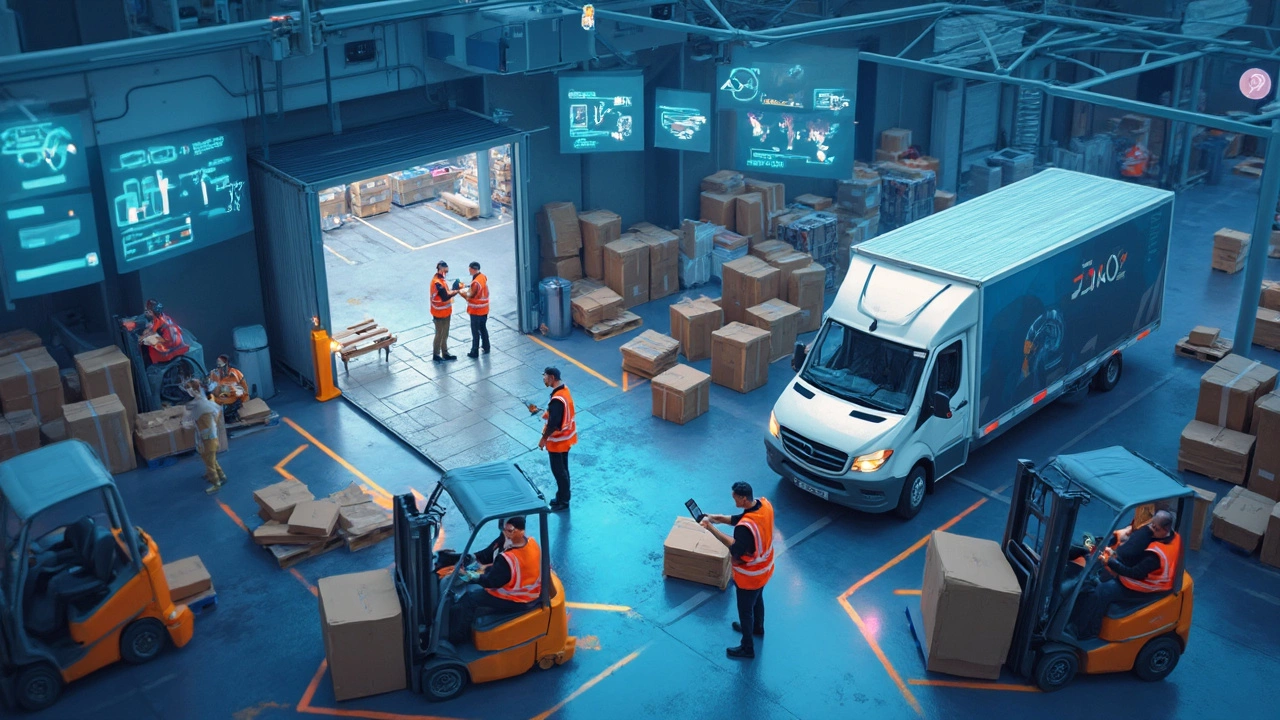Logistics Management System – Why It Matters and How to Pick One
If you’re tired of missed deliveries, confused inventory, and endless spreadsheets, a logistics management system (LMS) might be the answer. In plain terms, an LMS is software that pulls together every part of your supply chain – from the moment an order lands on your site to the final drop‑off at a customer’s door. It gives you a single view of orders, trucks, warehouses, and even the paperwork that moves with them.
Core features that make a real difference
First up, order tracking. A good LMS updates the status of each order in real time, so you and your customers know exactly where a package is. No more “your item is on the way” emails that say nothing.
Second, route optimization. The system crunches distance, traffic, and delivery windows to suggest the fastest, cheapest paths for drivers. That can shave hours off a day’s schedule and lower fuel costs.
Third, inventory control. By linking your warehouse shelves to the system, you get alerts when stock runs low, avoid over‑buying, and keep the right products in the right place. Some LMS tools even forecast demand based on past sales, so you can order just enough.
Choosing the right LMS for your business
Start by listing the problems you need to solve. If you ship a lot of small parcels, look for strong carrier integration and automated label printing. If you run a big warehouse, prioritize robust inventory modules and barcode scanning support.
Next, think about scalability. A startup might be fine with a simple cloud‑based app that charges per user. A growing company should ask whether the system can handle extra warehouses, multiple carriers, and international customs without a major overhaul.
Don’t forget the user experience. Your team will use the system daily, so a clean dashboard, mobile app, and quick onboarding are worth paying extra for. Ask for a free trial and let a few staff members test the workflow – their feedback will tell you if you’re on the right track.
Finally, factor in integration. Your LMS should talk to your e‑commerce platform, accounting software, and CRM. Seamless data flow means fewer manual entries and fewer mistakes.
Putting the right logistics management system in place can turn a chaotic shipping process into a smooth, predictable operation. You’ll see faster deliveries, happier customers, and lower costs – all without pulling your hair out over spreadsheets.
Ready to upgrade? Start by mapping out your current process, note the biggest pain points, and match them against the features listed above. One trial, a clear plan, and you’ll be on the road to a smarter supply chain.
A logistics management system handles the planning, movement, and storage of goods. This article breaks down what a logistics management system is, why it's essential for businesses, and how it works in real life. You'll get practical tips for choosing the right software, a peek at the latest features, and learn how these systems are quietly shaping everything from Amazon orders to small business deliveries. Get straight, practical insights without fluff or jargon.
May, 24 2025
